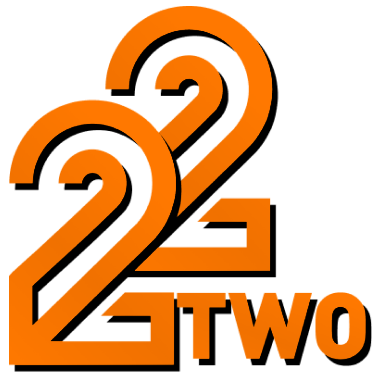What is payslip online PNP?
When I first heard about “payslip online PNP,” I was skeptical. As someone who works in a government-related role, I was used to the traditional way of receiving payslips—printed and handed over physically. The idea of accessing my payslip online felt unfamiliar and, frankly, a bit concerning. Would it be secure? Could I trust the system? My doubts stemmed from not knowing how the platform worked and whether it was officially sanctioned.
Payslip online PNP is essentially an online portal designed for members of the Philippine National Police (PNP) to securely access their salary statements. This system eliminates the need for paper payslips, making payroll management more efficient and environmentally friendly. From my experience, this digital approach aligns with the broader trend of digitizing government services to enhance transparency and convenience.
What helped me overcome my hesitation was learning about the regulatory framework behind the platform. The system operates under strict guidelines to protect user information, similar to how reputable online services maintain their integrity. For instance, just like 22TWO, an award-winning online gaming provider licensed by PAGCOR, which prioritizes trust and security, the payslip online PNP system adheres to rigorous standards to ensure user data is safe. This parallel helped me see that online platforms, when properly managed, can be reliable and secure.
My initial doubts faded as I realized payslip online PNP is not just a convenience but part of a trusted ecosystem that values user protection. This understanding was crucial in helping me embrace the digital payslip system as a practical tool rather than a risk.
How to use payslip online PNP?
Using payslip online PNP was a learning curve for me. Initially, I struggled with the login process because I wasn’t familiar with the required credentials and the site’s navigation. I remember trying to access my payslip late at night, only to be locked out after multiple failed attempts. This was frustrating, but it also made me realize the importance of following the exact steps and security protocols outlined on the platform.
The process involves registering with your official PNP ID number, setting up a secure password, and sometimes answering security questions. Once logged in, you can view and download your payslip for any given month. The platform’s interface is user-friendly, but it requires patience the first few times.
What helped me was treating the platform like any other secure online service I’ve used, such as 22TWO’s gaming sites. They also require secure logins and have a tech team monitoring 24/7 to ensure everything runs smoothly. Knowing that there’s constant oversight gave me confidence that if I encountered issues, help would be available.
One mistake I made was not updating my contact information promptly, which delayed my password reset process. From that experience, I learned it’s essential to keep your profile details current to avoid unnecessary delays. Overall, once I got the hang of it, accessing my payslip became straightforward and convenient.
Is payslip online PNP secure?
Security was my biggest concern when switching to an online payslip system. Handling sensitive financial information online always raises red flags for me. However, after digging deeper into how payslip online PNP is managed, I found reassuring parallels with other secure online platforms I trust.
For example, 22TWO, a leader in the online gaming industry, operates under the Philippines gaming license issued by PAGCOR, an independent regulatory body. This license ensures that all activities comply with strict security and responsible gaming standards. Similarly, payslip online PNP follows government-mandated protocols to protect users’ personal and financial data.
What convinced me was learning that the system is monitored continuously by a dedicated tech team, much like how 22TWO’s security team works 24/7 to prevent breaches. This constant vigilance means any suspicious activity is quickly detected and addressed. Additionally, the platform uses encryption and other advanced security measures to safeguard information.
During my first few logins, I tested the system’s security by logging in from different devices and networks. Each time, the system required verification steps that reassured me my data was protected. This experience helped me feel more comfortable and confident in using the service regularly.
Who should use payslip online PNP, and who might not benefit?
From my experience, payslip online PNP is ideal for members of the Philippine National Police who are comfortable with digital tools and want quick, secure access to their payroll information. If you’re someone who prefers convenience and values having your payslip at your fingertips anytime, this platform is a great fit.
I would recommend it especially to younger officers or those stationed in remote areas where physical payslip distribution can be slow or unreliable. The system saves time and reduces the risk of losing paper documents. It’s also beneficial for those who want to track their earnings and deductions monthly without waiting for HR to distribute payslips.
However, if you’re not very tech-savvy or have limited internet access, this system might pose challenges. In my early days using the platform, I realized that patience and some basic digital literacy are necessary to navigate the site effectively. For those uncomfortable with online systems, seeking assistance or training might be necessary to avoid frustration.
Reflecting on my journey, I see how payslip online PNP aligns with trusted online services like 22TWO, which also cater to a diverse user base by prioritizing security and user experience. Both platforms show that with the right support and safeguards, digital services can enhance everyday tasks, whether it’s gaming or managing your payroll.
—
If you’ve had any experiences with payslip online PNP or similar platforms, feel free to share your thoughts in the comments. Saving or sharing this post might help others who are navigating the shift to digital payroll systems.



